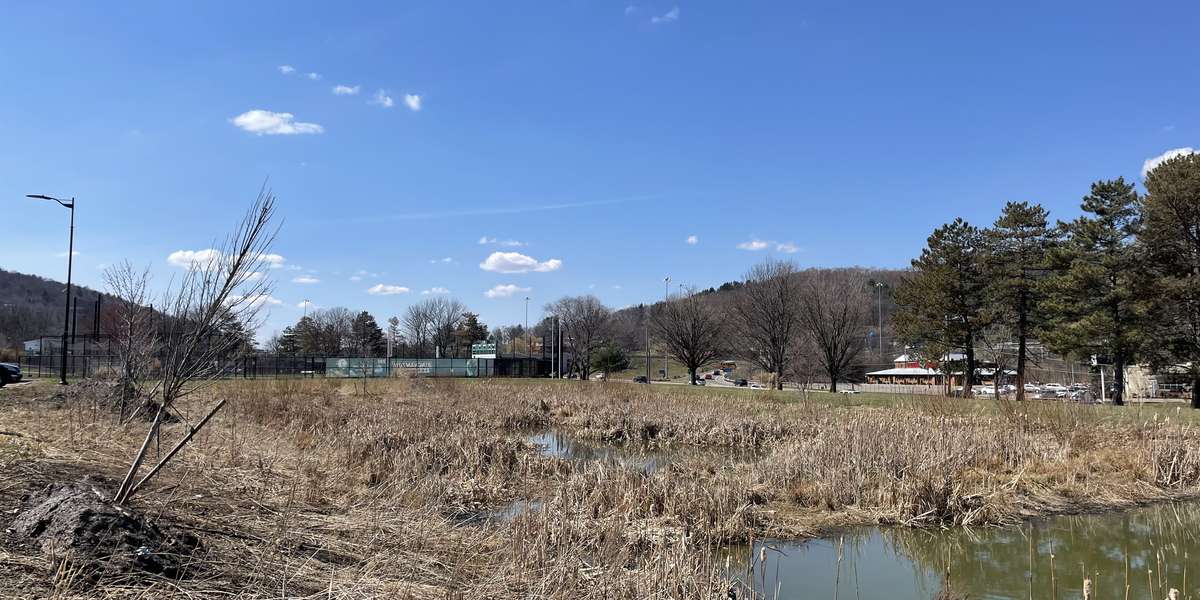2022
2023
2024
2025
April 5, 2022 at 2:27 PM

Bartle Constructed Wetland
Managed by Binghamton University
Since 2022
In New York, US
BUC101
This chronolog combines 59 photos from 13 contributors. Learn more
About this site
Welcome to Bartle Wetland!
Join us in observing the seasonal impacts on plants, salinity, and hydrology at this site!
Due to the colder winters in the Northeast, factors like road salts have played a major role in increasing salinity levels in freshwater over time, and may be affecting our very own constructed wetlands on campus. This can be harmful to plants and wildlife that aren’t adapted to high salinity environments.
We hope that, with your help, we will be able to improve our understanding of the relationship between seasonal changes and plant growth, and contribute to future research about the impacts of freshwater salinization!
Why should we care?
1). Wetland habitats are essential for a diverse array of plant and animal species, including endangered animals such as the tiger salamander, wood frog, and spadefoot toad.
2). Wetlands prevent sediments from erosion and harmful chemicals from runoff from reaching the Susquehanna river and Chesapeake Bay watershed.
3). We should preserve these areas for their natural beauty and recreational value.
Site Description
Bartle Wetland was built in 2018 to mitigate runoff from the adjacent parking lot, preventing salts and metals from making their way into the Susquehanna River. It has an increased channel flow compared to the other nearby wetlands and serves to facilitate stormwater and wastewater treatment. We will be monitoring the development of the wetland in terms of hydrological patterns and plant species appearance and survival.
If you have any questions, send us an email at bgccw4@gmail.com !
About Binghamton University
The State University of New York at Binghamton is a public research university with campuses in Binghamton, Vestal, and Johnson City, New York. It is one of the four university centers in the State University of New York system.
For nature-lovers
Explore chronologs
For organizations
Chronolog is a monitoring tool for parks, nature centers, wildlife organizations, schools, and museums worldwide. With over 100,000 contributors across 300 organizations, Chronolog is on a mission to engage communities with nature while recording important natural changes.
© Chronolog 2025 | Terms